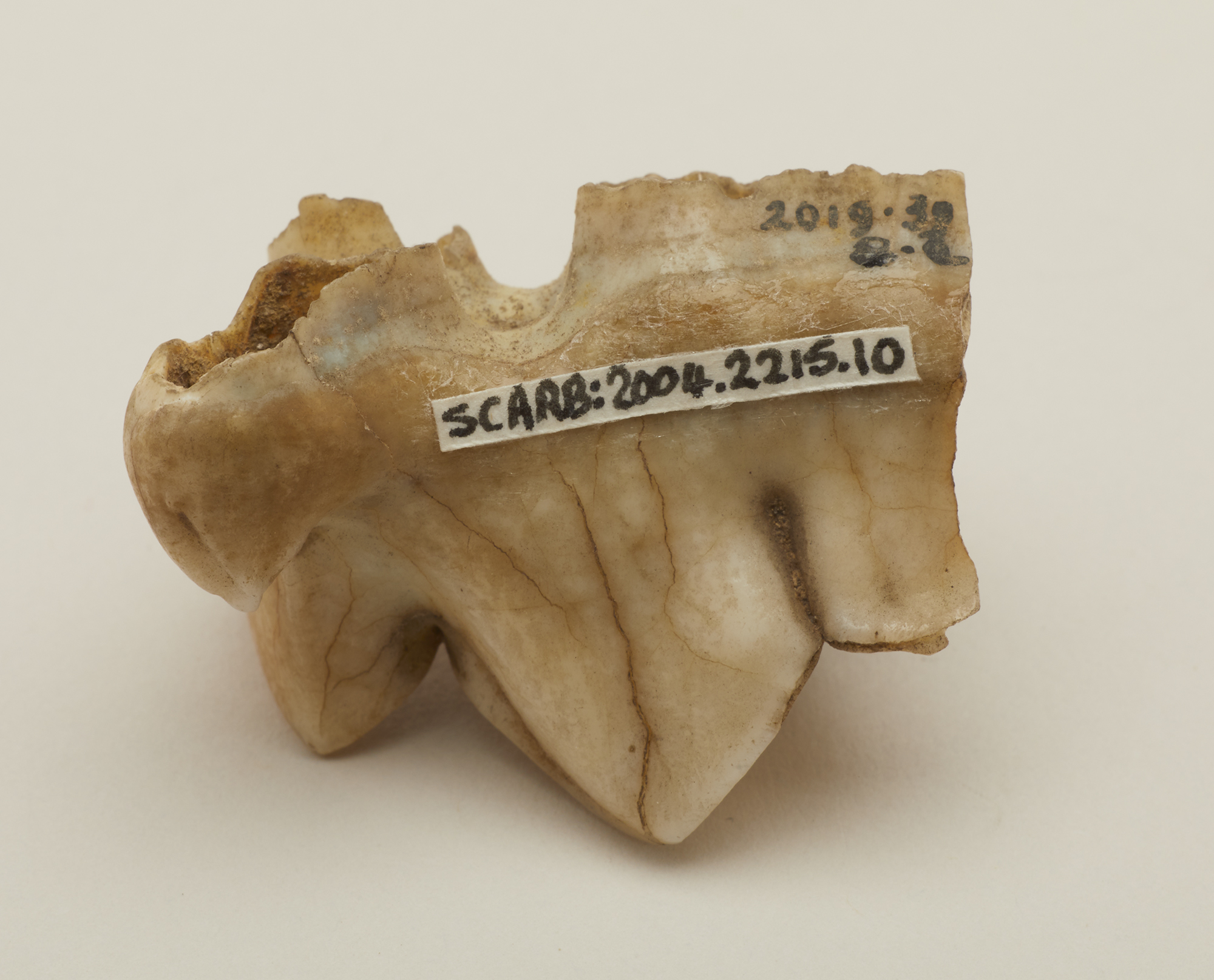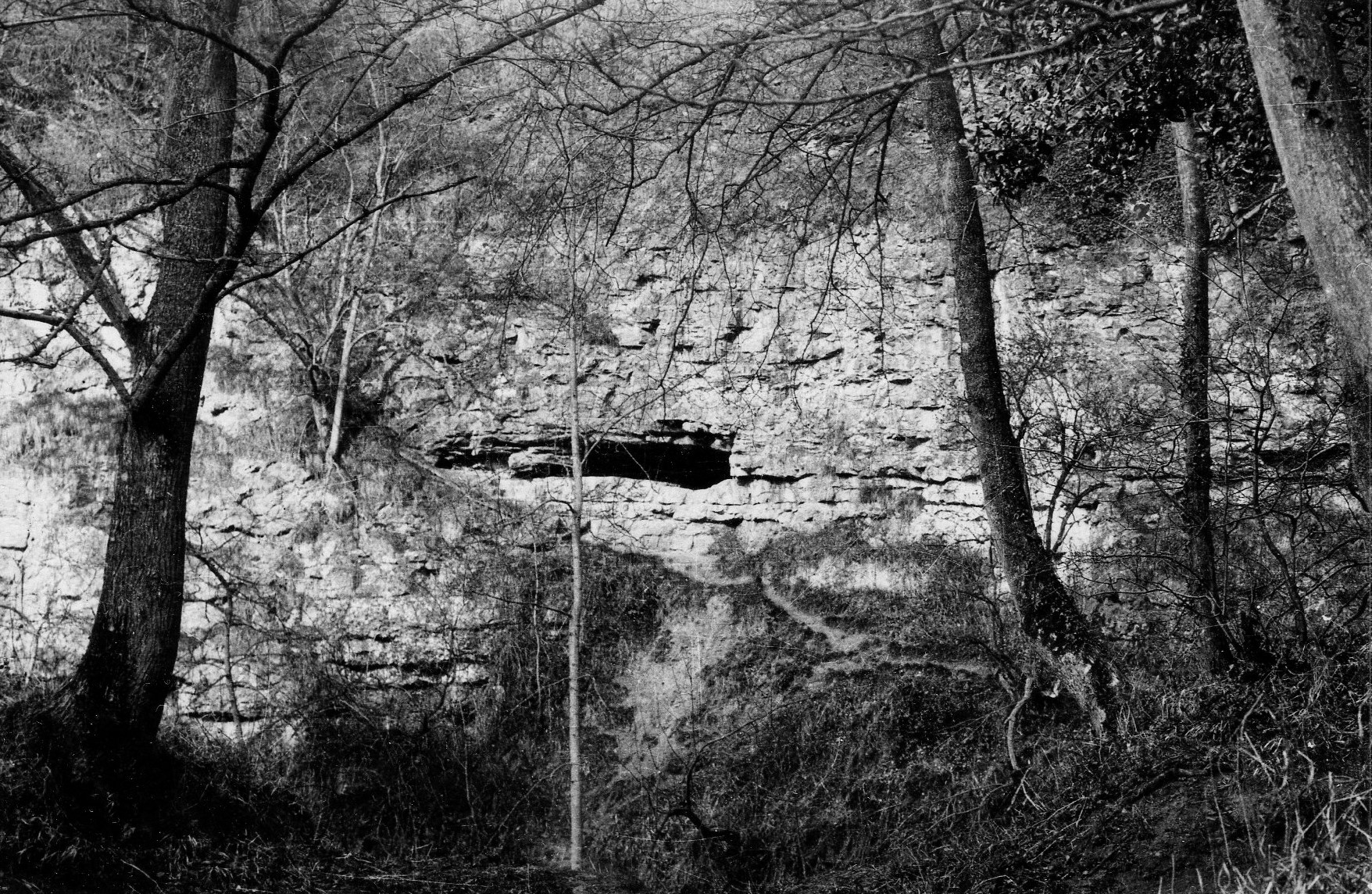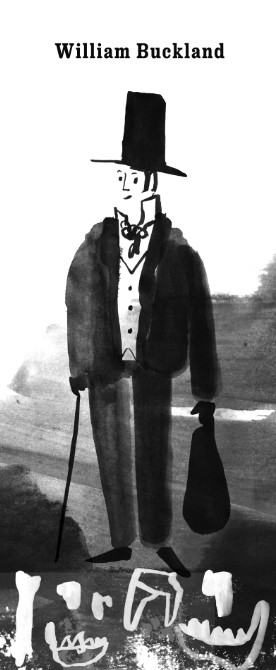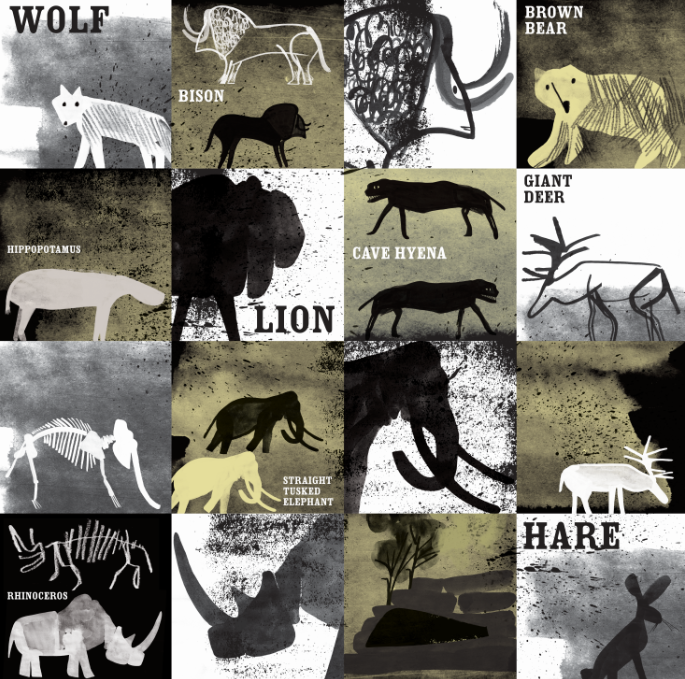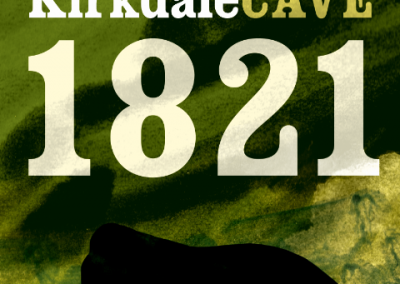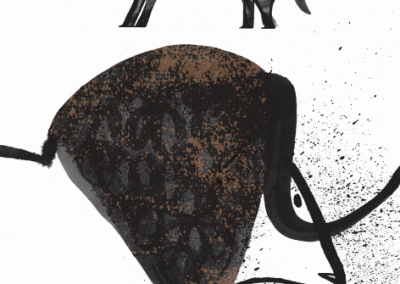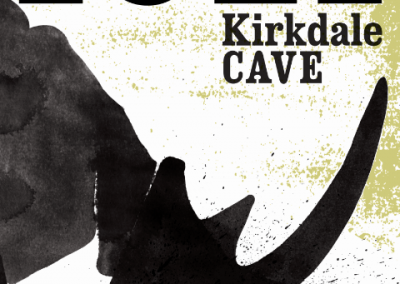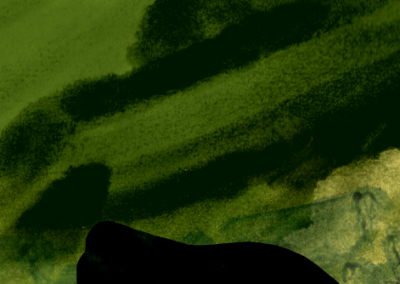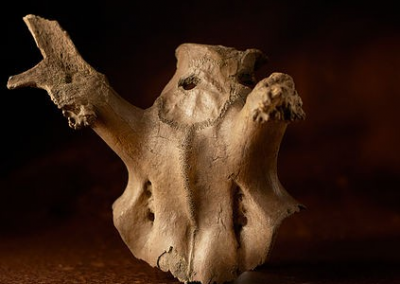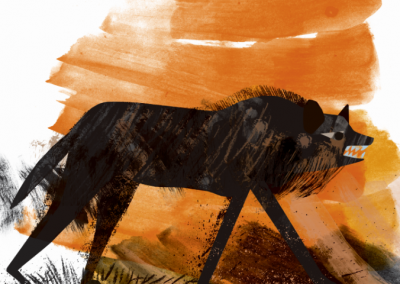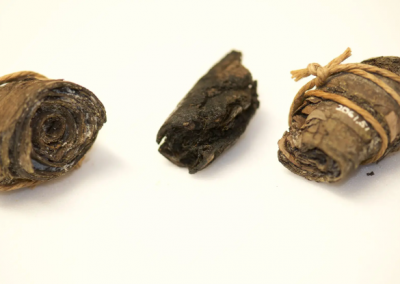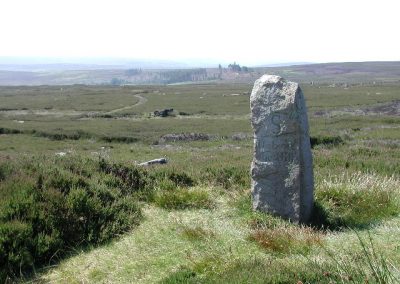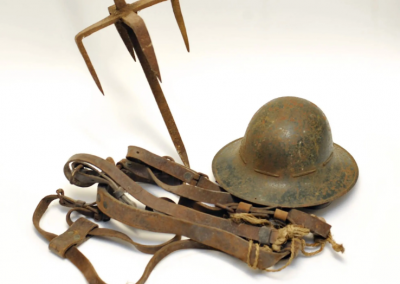Explore the Discovery of Kirkdale Cave
Hyena teeth
From Scarborough Museums and Galleries
Incredible though it may seem, this hyena tooth was found in a North Yorkshire cave. It gives us an amazing insight into prehistoric life 120000 years ago, long before evidence of human activity in these parts.
Kirkdale Cave, near Kirkbymoorside, was first discovered by workmen in the area around 1821 and a range of bones from inside the cave were very nearly lost to the scientific community. It seems that the workmen had been using them to fill potholes in the roads nearby, believing the bones to be those of cattle buried in the cave.
A local surgeon, Thomas Harrison who lived in Kirkbymoorside, is credited with realising that these bones were something special when he spotted them on the road that July. His experience as a county coroner made him well-placed for having knowledge of anatomy.
Though some of the remains belonged to animals like red deer that still live on the North York Moors, many give us a glimpse into the range of other species once prevalent on British shores, including hyenas. There were also bones from elephants and hippopotamuses that don’t live here any more, though we can find them on other continents. Other bones came from animals like the cave hyena and woolly rhinoceros that are now extinct.
There are animal remains from these important Yorkshire caves in a number of museum collections across the region, including Scarborough Museums and Galleries. 200 years after their discovery, the Kirkdale Cave creatures were illustrated by author and artist Tim Hopgood.
A perplexing puzzle
In 1821, many of the leading thinkers of the time were happy to explain the presence of these creatures in Britain through the traditional Biblical story of the Great Flood that made Noah famous. However, others attempted to apply careful scientific investigation to the cave.
As news of its discovery spread, the theologian, geologist and palaeontologist William Buckland became involved. Buckland realised that Kirkdale Cave’s small opening was the only way into the cave – there had never been a larger entrance and it was therefore impossible for such large animals to have ‘floated’ in during a flood. He set about analysing the evidence to form another theory: that the cave had been the site of a prehistoric hyena den.
The hyenas would have worked in groups to catch their prey, as well as scavenging on the bodies of larger animals, which would have been dragged back to the cave.
Interglacial Britain
Scientists have known for a long time that Britain and Europe experienced an Ice Age. It took them longer to realise that we had lots of little ice ages.
120000 years ago we were in an interglacial time. It was during this period when Britain was warmer that it was populated by animals including hippos and cave hyenas, which are now more common in Africa. Hyenas lived in Britain for thousands of years, becoming extinct here around 12000 years ago.
Inspiring artistic interpretation
A selection of original artwork was created by artist Tim Hopgood as part of the 200 year anniversary commemoration of the discovery of Kirkdale Cave. You can see all the different creatures whose remains were found in the cave and also explore a selection below. The distinctive use of silhouettes keeps the animals at a distance from the viewer.
Hopgood’s artwork is familiar to children globally through his works, including ‘Wow! Said the Owl’, ‘What a Wonderful World’ and ‘Fabulous Frogs.
Talking Points
Explore the teeth
How do you think the scientists could tell the bones belonged to mammals even though lots of the parts we need to identify them are missing?
The teeth belonged to carnivores. What features of the teeth might help you decide what sort of food an animal ate?
Why did the hyena take its food to the cave? Do you think there may have been an even more fearsome predator around?
Red deer still live on the North York Moors but since all their predators are now extinct in Britain their population may grow too large. What effect might this have on the populations of plants that they eat?
Charles Darwin didn’t explain how animals and plants were affected by natural selection until 1859. How did the people explain the animal remains in 1821?
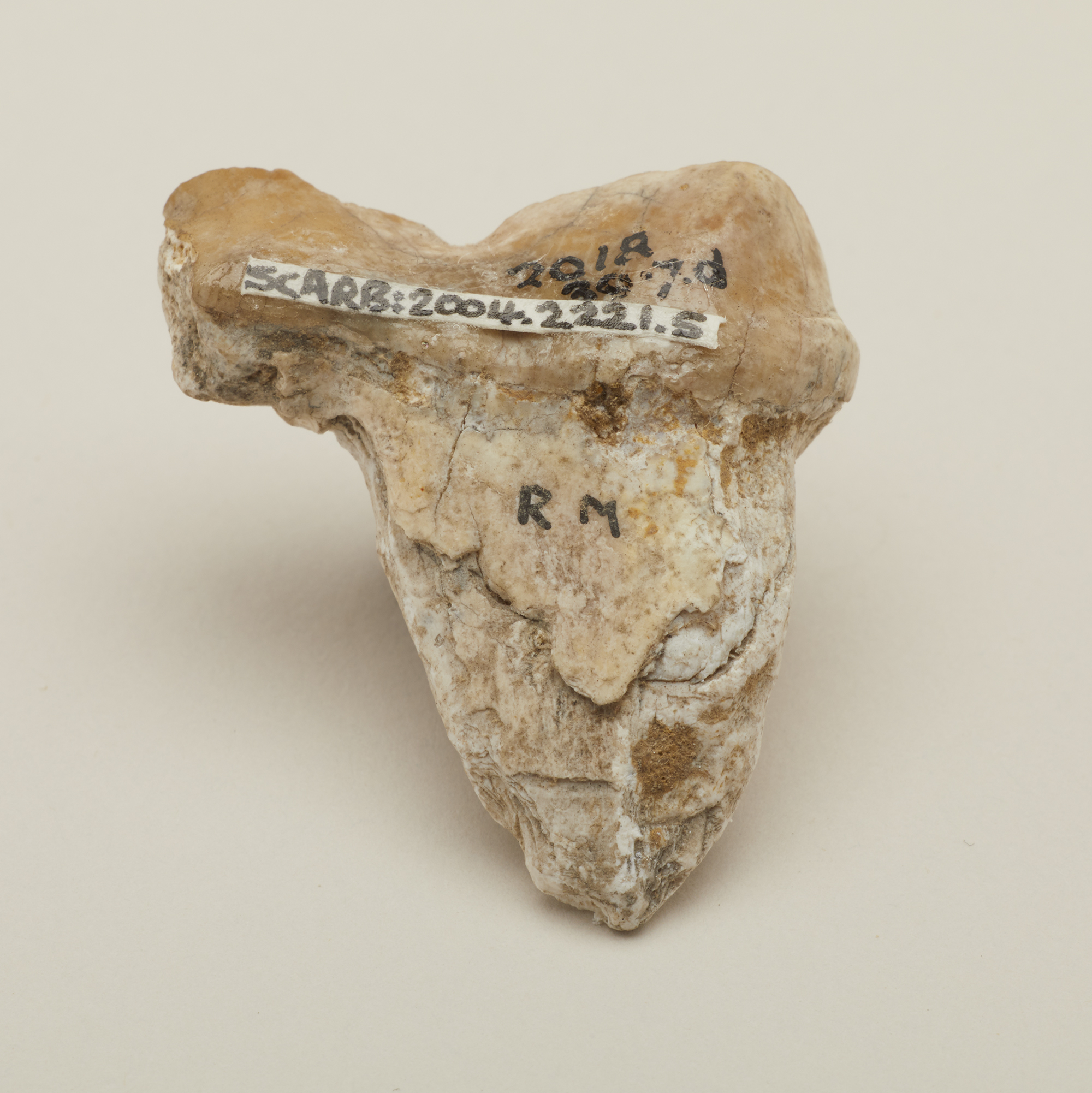
Talking Points
Explore Tim Hopgood’s artwork
Artist Tim Hopgood created artwork to commemorate 200 years since the bones were found. Why do you think this was an important story to commemorate? Is there anything that you’d like to commemorate in art?
Why do you think Hopgood chose to depict many of the animals as silhouettes?
Why do you think he included some of their skeletons in his drawings?
Do you like his colour palette?
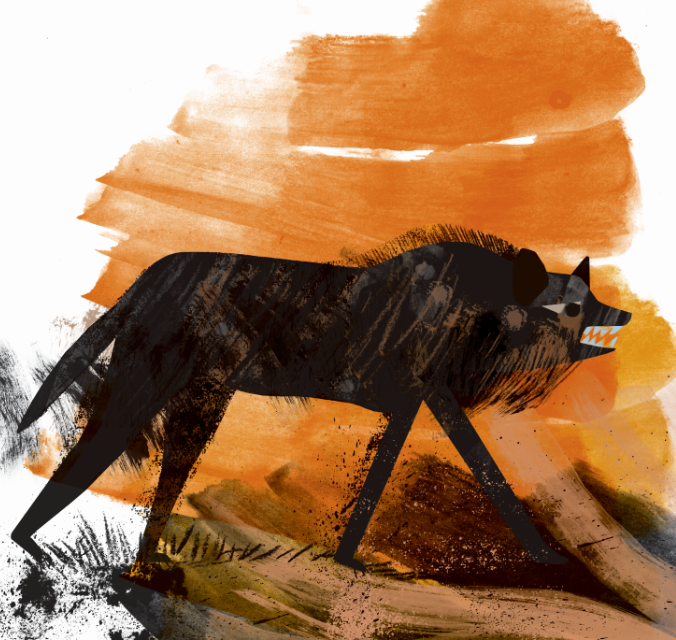
In the Classroom
Hotseat
Interview a member of the class in role as one of the workmen who found the bones and had been using them to mend the roads. How do they feel now they know what they really are?
Hold a Debate
It is very likely that human activity played a part in the extinction of cave hyenas. Humans also hunted wolves to extinction in this country, which is one of the reasons that animals like red deer have no natural predators here.
Some people think we should reintroduce some predators like wolves. How would you feel about wolves living near you? What would the benefits be? Short debates are a great way to brainstorm ideas.
Introduce the debate motion: We should reintroduce wolves to the North York Moors (or an area near you).
Vocabulary
Predator: an animal that hunts and kills other animals for food
Prey: an animal that is hunted and killed by other animals for food
Herbivore: an animal that only eats plants
Carnivore: an animal that eats meat; carnivores are animals that feed off other animals
Extinct: there are no more of this organism to reproduce and survive
Reintroduce: release a plant or animal back to where it used to live
Adaptation: a feature that helps an organism to survive
Natural selection: a theory of how living things adapt to their environment and may form new species over time.
Hands on History
Find more illustrations by award-winning author and illustrator Tim Hopgood on his website or at your local bookshop.
Discover more about the collection at Scarborough Museums and Galleries, including more animal remains from Kirkdale Cave on their website, or pay them a visit. Ask to borrow their Kirkdale Cave ‘story sack’ to handle beautiful artist-made textile creatures.
Museum Location
Explore more objects with a scientific theme

